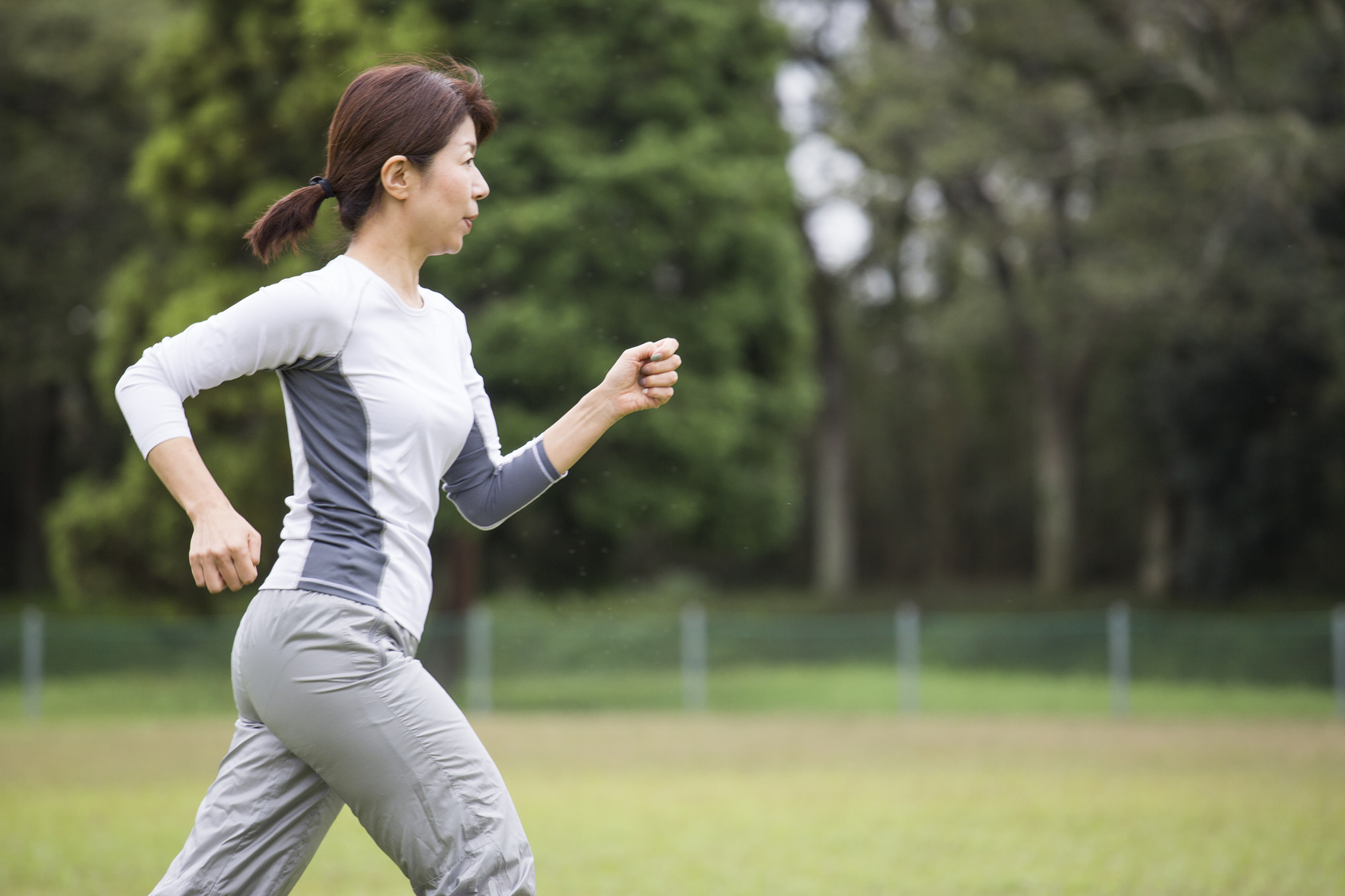If you’re anything like me, you’ve probably been on a quest to find that perfect workout regime that’s both time-efficient and super effective, especially when it comes to weight loss.
Let’s talk HIIT: It’s a dynamic workout method where you alternate between intense bursts of activity and brief pauses. The beauty of it? You push your limits and achieve more in less time.
HIIT isn’t just a fitness trend; it’s a revolutionary approach widely famous for weight loss efficiency. Whether you’re aiming to drop a few pounds, fire up your metabolism, or elevate your overall fitness, HIIT can be your secret weapon.
In this article, we’re going to unpack the science that links HIIT with effective weight loss. Plus, I’ll throw in some practical tips to help you turbocharge your workouts.
Sounds like a sound plan?
Let’s dive in.
The Science of HIIT:
You’ve probably heard about High-Intensity Interval Training (HIIT) and its remarkable impact on fitness and weight loss. But have you ever wondered what makes it so effective? Let’s delve into the science of HIIT, where every drop of sweat counts.
- Heart Rate Highs. HIIT pushes your heart rate to peak levels, offering a serious cardio challenge. This rapid increase in heart rate isn’t just about endurance; it’s a calorie-burning powerhouse. In fact, a study in the “Journal of Obesity” found HIIT to outperform traditional steady-state cardio for fat loss.
- The EPOC Effect. Post-HIIT, your body enters a phase of Excess Post-Exercise Oxygen Consumption (EPOC). What does this mean? You continue to burn calories even after your workout is done. This “afterburn” effect is like having a weight loss ally working overtime.
- Oxygen Overdrive: During HIIT, your body’s demand for oxygen surges. This not only works your muscles harder but also enhances your aerobic capacity. Think of it as training your body to use oxygen more efficiently, a benefit that spills over into your everyday life.
- Fat Mobilization. HIIT’s intense nature triggers the release of fatty acids into your bloodstream, turning your body into a fat-burning machine. This process helps in tapping into those stubborn fat reserves for energy, aiding in overall fat loss.
- Muscle Matters. Unlike steady-state cardio, which can sometimes lead to muscle loss, HIIT helps in shredding fat while preserving precious muscle mass. This aspect is vital for a well-rounded fitness routine.
- Fast-Twitch Power. HIIT sessions involve your fast-twitch muscle fibers, known for their role in explosive movements. Activating these fibers not only aids in muscle development but also enhances overall muscle performance.
- Muscle Endurance: HIIT doesn’t just stop at building muscle; it takes things a step further by enhancing muscle endurance. This means you’ll be able to sustain high-intensity efforts for longer, a benefit that translates to improved performance in all areas of fitness.
The Effectiveness of HIIT for Weight Loss
What makes HIIT truly standout is its backed-by-science approach. Research continues to unveil its myriad benefits. Let me share some research papers that’ll blow your mind. You shouldn’t take my word for it, after all.
Study I – The Eight-Week Transformation:
Imagine a group of individuals embarking on an eight-week HIIT program. The results? They drop over two percent in body fat, a significant contrast to those who stuck with moderate steady-state cardio on the treadmill. This study is a testament to the transformative power of HIIT in shredding body fat and sculpting a leaner physique.
Study II – The Battle of Fat Loss:
In this intriguing study, one group engages in 40-minute steady-state cardio sessions, while another tackles 20-minute intense interval routines. The outcome is striking. The interval group loses approximately six times more body fat than the steady-state group. It’s as if they’ve unlocked a secret formula for accelerated fat loss.
Study III – Overweight Individuals’ Triumph:
Research from East Tennessee State University focused on overweight participants who engaged in HIIT workouts for eight weeks. They achieved a remarkable drop of over two percent in body fat, outperforming those who followed moderate steady-state cardio routines. This study underscores HIIT’s effectiveness in significantly reducing body fat, especially in overweight individuals.
Study IV – The Time Efficiency of HIIT:
Presented at the American College of Sports Medicine Annual Meeting, this research highlights how just two weeks of HIIT can enhance aerobic capacity as much as six to eight weeks of endurance training. This finding illustrates the time efficiency of HIIT, offering substantial fitness benefits in a shorter time frame.
These studies collectively paint a clear picture: for those aiming to lose weight, whether it’s 10, 20 pounds or more, HIIT stands out as a highly effective and time-efficient method. It’s not just about losing weight; it’s about embracing a scientifically proven approach to achieving and maintaining a healthy, fit body.
Study V – HIIT for Obese Individuals:
A pivotal study in the “Journal of Obesity” sheds light on the significant impact of HIIT for obese individuals. Participants who engaged in HIIT sessions three times a week over a 12-week period showed remarkable reductions in both body weight and fat mass. This was in stark contrast to those who performed steady-state cardio, underscoring HIIT’s effectiveness in addressing obesity-related weight issues.
Study VI – HIIT vs. Continuous Training:
In research published in the “International Journal of Obesity,” HIIT was directly compared with continuous moderate-intensity training. The findings were clear: HIIT led to more significant reductions in abdominal fat and overall body weight. This positions HIIT not just as an alternative, but as a preferred method for weight management, especially for those struggling with stubborn abdominal fat.
Study VII – Sustaining Weight Loss with HIIT:
Long-term weight maintenance is often a challenge in the journey of weight loss. However, a study featured in the “American Journal of Clinical Nutrition” provides hope. Following a 12-week HIIT program, participants who continued with HIIT exercises not only maintained their weight loss but also saw further improvements in body composition over time.
This suggests that HIIT isn’t just effective for initial weight loss, but also plays a crucial role in sustaining these results and promoting overall body health.
How To Make HIIT Running Workouts Work For Weight Loss
High-Intensity Interval Training (HIIT) running workouts are a powerful tool for weight loss, but their effectiveness hinges on how intensely you push yourself during those critical high-effort intervals.
The high bursts of work should be around 90% of your maximum effort. This intense level of exertion, often rated as 8 to 9 on the perceived exertion scale, transforms your body into a calorie-burning powerhouse.
Optimal Duration of HIIT for Weight Loss:
Good news for those with a tight schedule: HIIT doesn’t require a huge time investment.
Studies have shown that even brief HIIT sessions, as short as 10 minutes, can significantly boost your health. These workouts are particularly beneficial for individuals at risk of insulin resistance.
By varying speeds and intensity in a condensed timeframe, HIIT running can enhance insulin sensitivity, aiding in more effective blood glucose utilization and reducing blood sugar levels.
Incorporating HIIT into Your Exercise Regimen:
To effectively integrate HIIT running into your fitness plan, consider the following structure:
- Strength Training: Aim for two to three days of strength training each week. This helps in building muscle mass, which is crucial for improving metabolism and aiding in weight loss.
- HIIT Workouts: Schedule two to three HIIT running sessions each week, each lasting between 20 to 30 minutes. These sessions should include short bursts of high-intensity running alternated with periods of rest or low-intensity activity.
- Steady-State Cardio Day: Incorporate one longer session of steady-state cardio per week, lasting 45 minutes or more. This could be a longer run at a consistent, moderate pace. Steady-state cardio complements HIIT by improving overall cardiovascular health and endurance.
Remember, the key to success with HIIT for weight loss is consistency and intensity. Pushing yourself during those high-intensity intervals is what triggers the significant calorie burn and metabolic benefits.
Combining HIIT with strength training and steady-state cardio creates a well-rounded fitness program that not only aids in shedding pounds but also boosts overall health and fitness.
Be Careful
If you’re new to HIIT or getting back into shape, it’s crucial to approach it with a measured mindset. Imagine you’re testing the waters before diving in. Instead of pushing for maximum capacity, aim for about 80 to 90 percent of your effort. It’s about challenging yourself without overstepping your current limits.
Begin with a lower intensity and fewer intervals. It’s like learning a new dance; start with the basic steps before jumping into the complex moves. This approach allows your body to adapt, building endurance and stamina over time.
What’s more?
Prioritize rest periods between intervals. This is your moment to breathe, recover, and prepare for the next burst of activity. Consider these breaks as essential as the exercise itself, providing your body the much-needed time to recuperate.
Additional source – How to run to lose belly fat?
When To Avoid High-intensity Interval Training For Weight Loss
If you’re at the starting block with little to no exercise experience, jumping directly into HIIT might be too much. Instead, focus on building a solid fitness foundation.
Activities like walking, jogging, and total body strength training are excellent starting points. These forms of exercise will build the endurance and strength necessary for the more demanding HIIT workouts. Embrace this phase as a crucial growth period in your fitness journey.
Recovering from injury? Then you should prioritize healing. HIIT, due to its high-impact nature, could exacerbate your injury if commenced prematurely.
Wait until you’re completely pain-free and have the approval of your healthcare provider before reintroducing HIIT into your routine. Pushing through injury pain isn’t just counterproductive; it risks further damage and longer recovery periods.
Once you’ve built up basic fitness levels or have fully recovered from an injury, you can start incorporating HIIT into your exercise regimen.
Begin with less intense and shorter intervals, gradually increasing the intensity and duration as your body adapts. This gradual approach helps prevent injury and ensures a sustainable progression in your fitness journey.
The Bottom Line
HIIT isn’t just another fitness fad; it’s a lifestyle. It’s about making the most of every workout, respecting your body’s limits, and enjoying the journey. Whether you’re looking to shed a few pounds, boost your metabolism, or simply add some excitement to your fitness routine, HIIT is a fantastic option.







